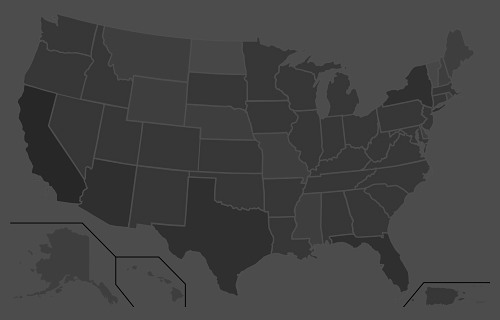The Backcountry Press
The country's premier daily HUNTING, FISHING & OUTDOOR news in the USA and around the globe. Read whats happening in your neck of the woods & beyond.
Idaho Angler Sets Rod/Reel Carp Record
Submitted by: TBC Press
Posted on: 05/11/21
News # 14365
Disclaimer: The views expressed on this site are that of the authors and not necessarily that of TBC Press
© 2020 TBC Press - All Rights Reserved Website Design by:
Image courtesy of Idaho DNR
####
Publishers Notes: Our country is still battling COVID-19. To avoid the spread of this virus and continue to enjoy outdoor activities, ALL outdoor enthusiasts (man, woman, child) should follow the guidelines set by nps.gov. These guidelines include; social distancing, the Leave No Trace principles, including pack-in and pack-out, to keep outdoor spaces safe and healthy.
Congratulations to Henry Charlier of Boise on landing a 34-pound common carp from the Snake River. Henry wrangled the lunker carp while fishing the stretch below CJ Strike Reservoir on May 3, 2021. The fish beats the previously-held record of 30.4 pounds, set by Alexander Veenstra last December. As an avid angler, Henry enjoys the challenge of chasing big carp, which can be very challenging to catch on conventional tackle.
Most of Idaho's record carp have typically been landed using archery (bow fishing) equipment. In 2016, Idaho Fish and Game separated the archery records, opening the door for new rod/reel records for carp, suckers and other non-game species. While carp are an extremely popular sport fish in Europe, carp fishing in the US has been slow to catch on. Common carp reach huge sizes, fight hard and are challenging to catch, making them a favorite among anglers willing to learn how to hook them.
Common carp are native to Asia, but were introduced to Europe somewhere in the 12th -13th century, where they were widely domesticated and farmed for food. Historical accounts suggest carp were imported to the U.S. from Germany somewhere around 1877. They were soon brought to Idaho to be cultured as a food source, and have since spread throughout the Snake River system.
Click Image to Enlarge







